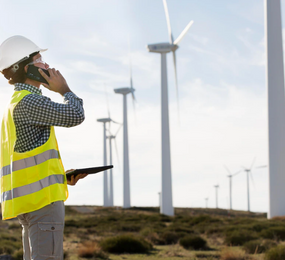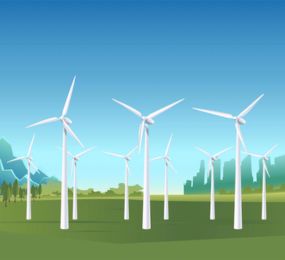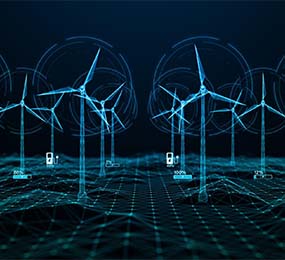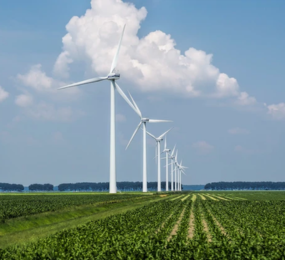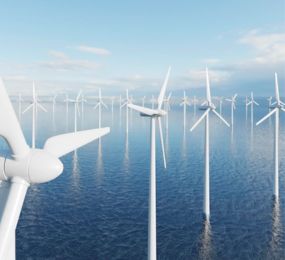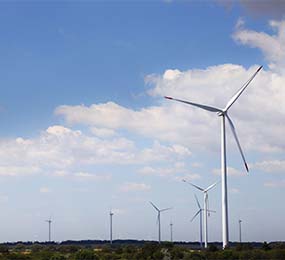Wind energy is a cornerstone of a sustainable future, but selecting the optimal location for a wind farm is crucial for maximizing its potential. Traditional site selection methods often rely on limited data and subjective assessments, leading to suboptimal outcomes. By leveraging big data analytics, wind farm developers can make more informed decisions, identify ideal locations, and mitigate environmental risks.
Harnessing the Power of Data
Big data analytics enables wind farm developers to process and analyze vast amounts of data, including:
- Topographical data: Elevation maps, terrain characteristics, and land use patterns.
- Meteorological data: Historical wind speeds, direction, and other weather patterns.
- Environmental data: Information on wildlife habitats, protected areas, and noise sensitivity.
- Grid data: Existing grid infrastructure, transmission capacity, and demand patterns.
By analyzing this data, developers can identify regions with optimal wind resources, assess potential environmental impacts, and evaluate the feasibility of connecting wind farms to the grid.
Key Applications of Big Data Analytics
- Site selection optimization: Identify the most promising locations based on factors such as wind resource potential, grid connectivity, and land use restrictions.
- Environmental impact assessment: Evaluate the potential effects of wind farms on wildlife, noise levels, and visual impacts.
- Grid integration planning: Assess the capacity of the existing grid and identify necessary infrastructure upgrades to accommodate wind power.
- Risk assessment: Evaluate potential risks, such as extreme weather events and regulatory changes, to inform project planning and mitigation strategies.
Benefits of Big Data Analytics
- Improved decision-making: Data-driven insights enable more informed decisions about wind farm siting and development.
- Reduced environmental impact: By identifying optimal locations and minimizing environmental impacts, big data analytics can contribute to a more sustainable energy future.
- Enhanced project feasibility: Data-driven analysis can help assess the economic viability and technical feasibility of wind farm projects.
- Risk mitigation: Identifying potential risks early on allows for proactive measures to mitigate their impact.
The Future of Wind Farm Development
Big data analytics is transforming the way wind farms are planned and developed. By leveraging the power of data, developers can make more informed decisions, optimize project outcomes, and contribute to a cleaner and more sustainable energy future. As data collection and analysis capabilities continue to advance, the role of big data analytics in wind farm development will only become more critical.
To register or learn more about the Forum please check here: https://bit.ly/3K0rUIz
For more information and group participation, contact us: [email protected]




